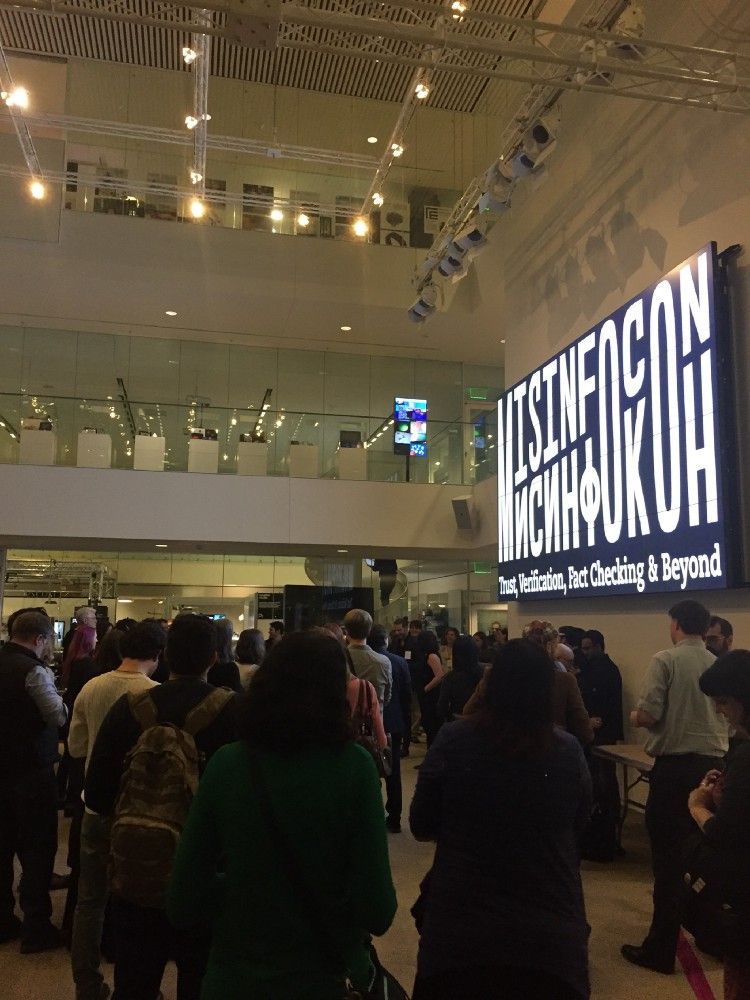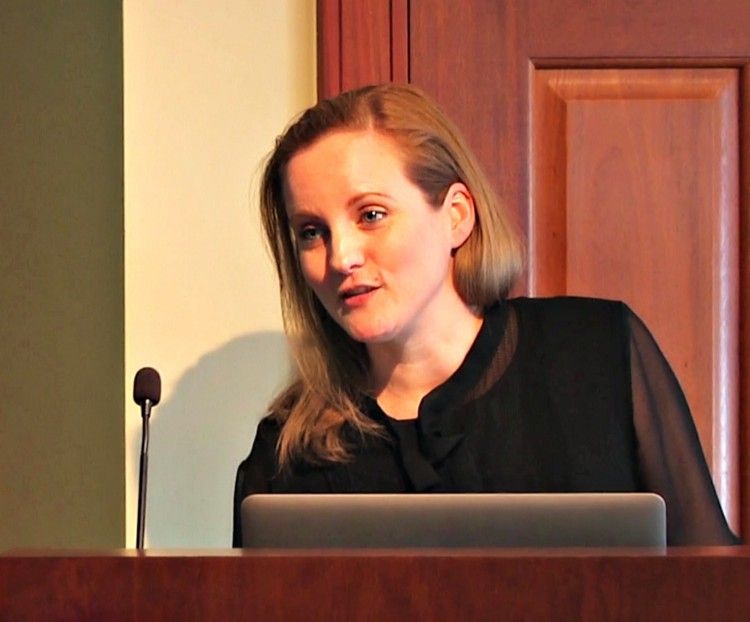Top 3 Tips To Turn Your Newsletter Into a Revenue-Generating Machine (and take back your relationship with your audience/subscribers)
Brought to you by Vubble's new RevLetter Get your data in order What data do

We’re paying attention in all the wrong ways

Oh Canada, we are stuck between a rock and a hard place.
On one hand, it’s never been easier for us to tell our stories and have them seen and heard by your neighbour next door and a stranger on the other side of the world.
On the other, it’s never been so difficult, conflicting and costly to have our stories discovered by the audience who needs to see them most.
Discovery is broken in our digital age, and I believe Canada is in the best position to fix it.
Yesterday’s gatekeepers are crumbling. The print publisher dominated the turn of the last century, enjoying enormous profit by turning ink into information and attention into advertising. Those who have survived are being held over the ink barrel, struggling to transform their business models to be “digital first”.
The golden age of television saw a medium flourish with its capacity to amuse, draw monstrous ratings (again, turning attention into advertising) and put (mostly) men in suits behind desks to anchor the day with insight into the world’s challenges and hopes.
Today we see networks pining for even half of the audience they might have seen five years ago, news media tousling with Twitter to be ‘first’ in a relentless and increasingly irrelevant 24-hour news cycle, and distributors cowering as digital behemoths launch disruptive platforms that threaten to cut them out of the picture for good.
A new era of gatekeepers is upon us — the digital behemoths — and they are hungry. The scale of attention they need to turn into advertising is colossal; it takes a lot of ‘digital dimes’ to make a ‘legacy dollar’. The growth expectations for their latest quarter are exponential. The efficiencies they need to find in order to increase their margins are unabating.
It isn’t surprising then that they have put technology at the front of the line, automating formerly human-editorial and curatorial processes of legacy media, using filters to help us sort the overwhelming plenty at the information buffet, having their algorithms tell us what we should pay attention to today.
But paying attention to the stuff we like, it turns out, costs us a lot.
Algorithms are not inherently complicated. They are simple “if this, then that” queries. If you liked this, then you will more than likely like that. The problem lies in the motivation behind those series of 1’s and 0’s.
For algorithmically-driven discovery platforms, from Facebook to Amazon to Netflix to Google, the aim is to deeply engage audiences inside their platforms so we stick around; provide an endless feed of delicious content for us to stuff our faces until we’re so bloated we can’t leave. Hopefully, at some point during our banquet, we’ll have noticed an ad or two (bonus points for the platform if we actually click on something.)
Fair enough. That’s similar to our behaviour with mass media in the past, the TV dinner tray being a curious relic of our inclination to sit back and watch the world flash by.

But then “fake news” happened and suddenly we have a bad taste in our mouths.
Let’s be clear. Fake news isn’t new; gatekeepers exploiting our basic human emotions for the benefit of our attention (read: advertising) is not new. Propaganda is not new. But the speed and spread of misinformation today is unprecedented; the power wielded by our click-and-share distribution model is unparalleled — even if the audience only reads the headline.
Again, the root of the problem lies in the new gatekeepers’ motivation.
Facebook doesn’t care whether or not you have a better understanding of nuclear disarmament, only that you “like” (and hopefully shared) the post about Donald Trump’s late night tweet on the issue. No matter your politics, now matter if the information at the end of that click is true. Just that you saw it, clicked that little ‘thumbs up’ (even better if you had an “emotional” reaction), and saw the ad for that printer that’s been following you around on the web since you searched for reviews about it last week.
Canada hits above its weight class in culture. From our award-winning novelists to our stadium-filling pop stars, our big-screen celebrities to the Los Angeles brain-drained army of behind-the-scenes talent, Canadian creators have had enormous success around the world. We have the stories. We have the content. But we have to pay for access to the gatekeepers that currently control the distribution and discovery of that content.
I left my job as Director of Digital at CBC just over two years ago to co-found a company that tackles the problem of content discovery in the digital age with a new business model at its core — a new motivation.
At Vubble, we believe content discovery needs the public to be at the centre. Always. We believe that today’s digital gatekeepers and their technology can be augmented with a new form of public media that seeks to burst filter bubbles, advance media literacy into the digital age, and build audience agency.

To burst filter bubbles, we’re turning machine-learning on its head and inserting a human editorial layer into the process. Here I am talking about how we’re doing that at the Nieman Foundation at Harvard last week.
To advance media literacy in the digital age, we’re working with education-focused media companies like Groupe Média TFO to curate feeds of smart and safe video content into classrooms and homes across Ontario.
To build audience agency, we’re creating tools like a “Credibility Meter” (born out of the MisinfoCon hackathon we recently attended at MIT) and a Vubble Chatbot to meet the growing appetite for digital-natives to use messaging platforms for sourcing information content.
Meanwhile, we’re developing insight into how content is discovered within the new gatekeepers’ platforms and how it can be discovered outside of their walled gardens. We believe there is enormous value in that, and we’re working with brands who see that value too. That’s Vubble’s business model — in saying ‘no’ to advertising to drive revenue, we’ve opened new value chains with great growth potential.
Because that’s what you do when you’re stuck between a rock and a hard place — you climb.
Whether you’re a Canadian creator, a network executive, a brand representative or a citizen just trying to understand the complexity of a public policy shift, now is the time for us to climb out of this strange chasm we find ourselves in.
This is the time for reinvention and reimagination.
This is the time to get out of our comfort zones and challenge how we move forward, and how we see ourselves.
This article originally appeared in Cartt.ca, March 4, 2017.
© 2022 Vubble Inc. All Rights Reserved.
Home • Who We Are • Contact Us • Privacy Policy • Cookie Policy